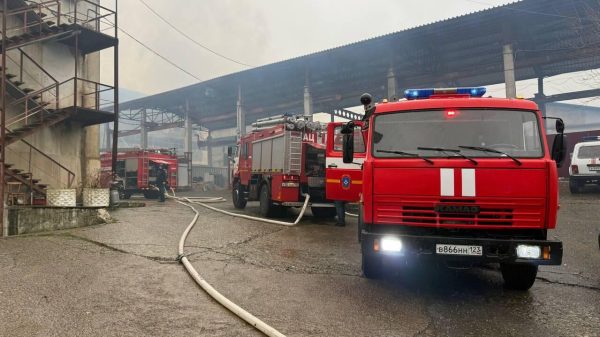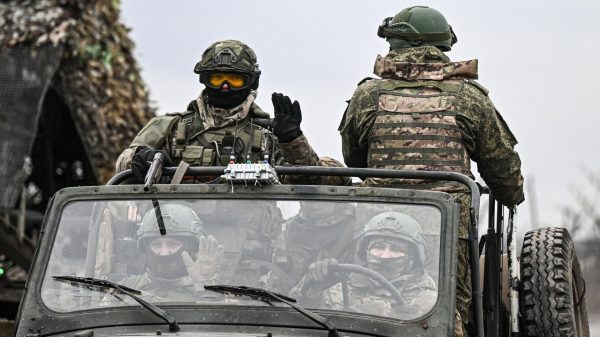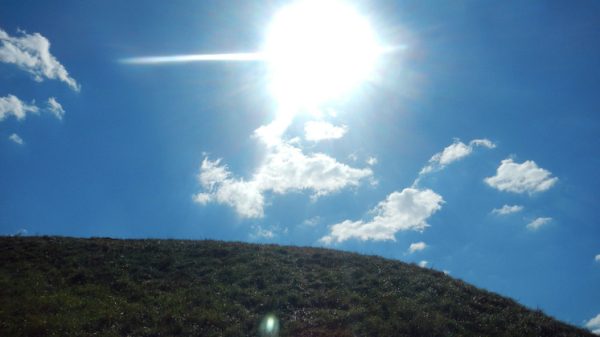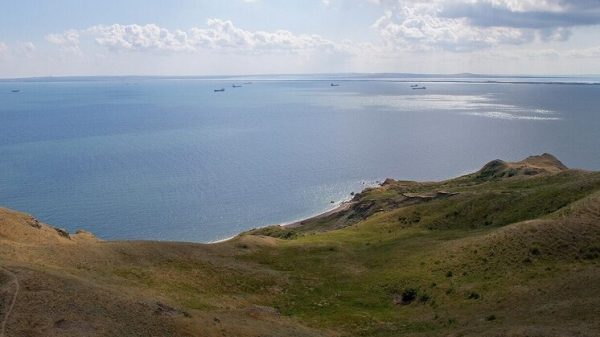A three-month-old baby was one of two people killed when category-five Cyclone Yasa tore through Fiji’s second-largest island Vanua Levu on Thursday night. The cyclone destroyed hundreds of buildings and caused hundreds of millions of dollars’ worth of damage.
By Friday, the full extent of the damage was yet to be revealed as many parts of the affected island remained without communications and were cut off by flood waters.
There remained fears that a coming high tide would bring storm surges and further inundation of coastal areas.
At least two people have died, but that figure is expected to rise as cut-off villages are reached by rescue crews. Prime minister Frank Bainimarama confirmed a three-month-old baby had been killed by the cyclone. And a 45-year-old man died when the home he was sheltering in in Labasa collapsed on him, Fiji’s state broadcaster reported.
Fiji imposes curfew ahead of Cyclone Yasa
Read more
Bainimarama said it was estimated Yasa had caused hundreds of millions of dollars in damage and he said the danger had not passed for some communities.
“Stay sheltered and stay out of floodwaters,” he said. “If you are impacted, help is on the way, rest assured, we will reach you with relief.”
Ahead of the storm, the government declared a nationwide state of emergency declaration and imposed a curfew, with the entire country ordered inside for 14 hours overnight on Thursday.
The government had estimated that 850,000 people – 95% of Fiji’s population – would be directly affected by the cyclone.
The national disaster management office said 23,479 people sought shelter in 457 evacuation centres overnight Thursday into Friday morning, with thousands more sheltering in caves and church halls.
“Twenty houses and one community hall totally destroyed by Tropical Cyclone Yasa at Tiliva in Bua (province) on Vanua Levu island,” Josephine Prasad said on facebook.
“No casualties reported only injuries as of yet. They are all thankful for the gift of life but need urgent medical and food supplies. Most are only left with the clothes on their backs and took shelter under their homes only to be flooded out by rising waters which swept away most livestock as our Fijian families clung on to whatever they could find.”
Fiji Red Cross Society director-general, Ilisapeci Rokotunidau, said her organisation remained “concerned for the safety of thousands of people who have experienced the brunt of this monster storm”.
“Initial reports from volunteers are revealing destruction in Bua, a province on the island of Vanua Levu. The coastal areas of many islands have been impacted by storm surges and flooding at the height of the storm.
“Our teams report that houses and community buildings have been destroyed and crops flattened. There are widespread power outages in affected areas,” Rokotunidau said.
“Trained Red Cross volunteers who live in these same communities are responding to provide first aid and relief and updating the national office emergency centre on needs.”
Oxfam in the Pacific’s regional director Raijeli Nicole said while Yasa was moving faster than expected, leaving less time to cause as much damage as had been feared, “it still has the potential to be devastating for the hundreds of thousands of people in its path”.
“Coastal communities are particularly vulnerable with flooding and coastal inundation expected in low-lying areas, along with strong winds and heavy rain,” she said.
“We are extremely concerned about the potential for a second disaster within a disaster. Without assistance, people will be at risk of waterborne infections.”
Fiji’s response to Yasa will be further complicated by the global Covid-19 pandemic. Fiji has 11 active Covid-19 cases in border quarantine.
A farm to withstand a cyclone: rebuilding after Fiji’s worst storm
Read more
The cyclone is another blow to the country’s tourism-reliant economy, already devastated by pandemic shutdowns which have caused tens of thousands of job losses. Fiji’s economy has shrunk more than 20% this year due to the pandemic.
The prime minister, Frank Bainimarama, an outspoken advocate on behalf of the Pacific for greater global climate change action, pointed out that Yasa hit 12 years to the day since Cyclone Evan struck Fiji. He has consistently argued that climate change is making cyclones more frequent and more intense across the Pacific.
“Since then, we’ve been battered by 12 more cyclones, two of which, Winston and Yasa, are now jockeying for our hemisphere’s strongest-ever storm in history.
“This is not normal. This is a climate emergency,” he said.
Frank Bainimarama
(@FijiPM)
On this same day in 2012, Fiji was enduring Cyclone Evan.
Since then, we’ve been battered by 12 more cyclones — two of which (Winston and Yasa) are now jockeying for our hemisphere’s strongest-ever storm in history.
This is not normal.
This is a climate emergency. pic.twitter.com/mZuJZJUFpo
December 17, 2020
Meteorological data shows cyclones are becoming more intense and more frequent across the Pacific. In some cases, islands have have barely recovered from one cyclone before another hits. Once rare, two category-5 cyclones have hit Fiji this year.
Fiji Roads Authority
(@FijiRoads)
The effects and intensity of #TCYasa on Transinsular Road at Lomaloma in the Northern Division.
Please stay safe. #TeamFRA pic.twitter.com/khsrhM3RA9
December 17, 2020
Having passed over Vanua Levu, Cyclone Yasa was downgraded to category 4 and then category 3, but winds are still gusting at up to 275km/h.
And Tonga has now issued a cyclone warning for Yasa with forecasts showing it tracking close to its islands over the weekend.
Meanwhile in Samoa, a separate tropical cyclone, Zazu, has brought widespread flooding to the capital Apia.
Lagipoiva Cherelle Jackson
(@lagipoiva)
Downtown Apia today. Floods are getting worse each year. Majority of town is flooded how, cars cannot pass, people stuck in various locations.#climatecrisis
📷Gladys Fuimaono pic.twitter.com/91V0fJtczh
December 17, 2020






















































Свежие комментарии